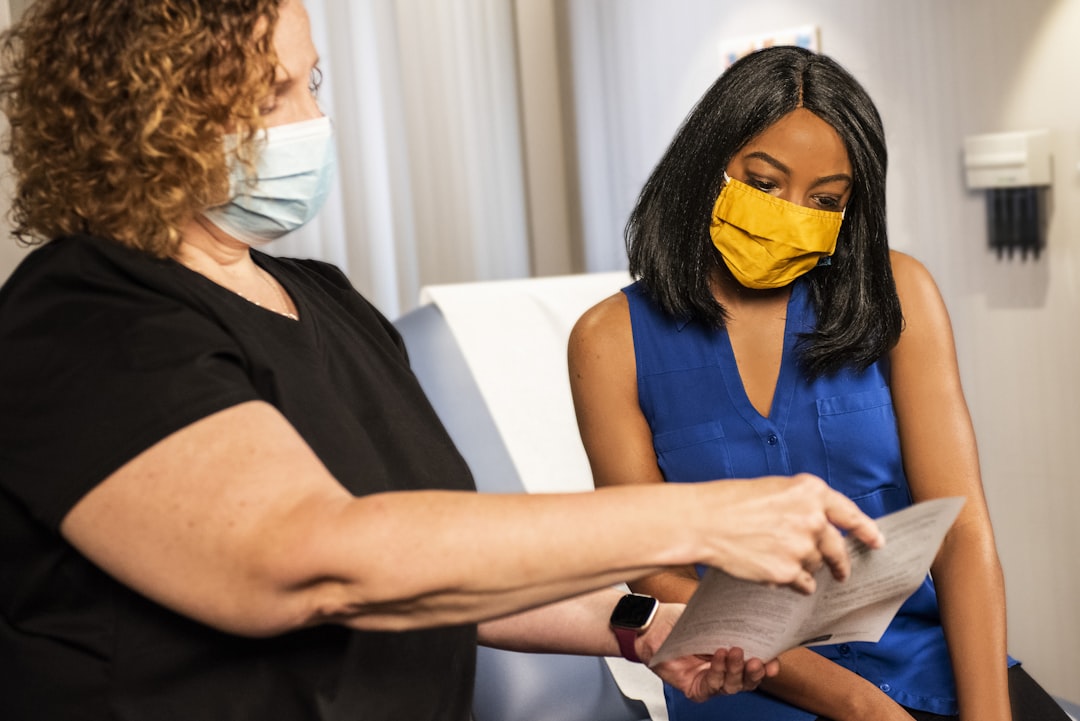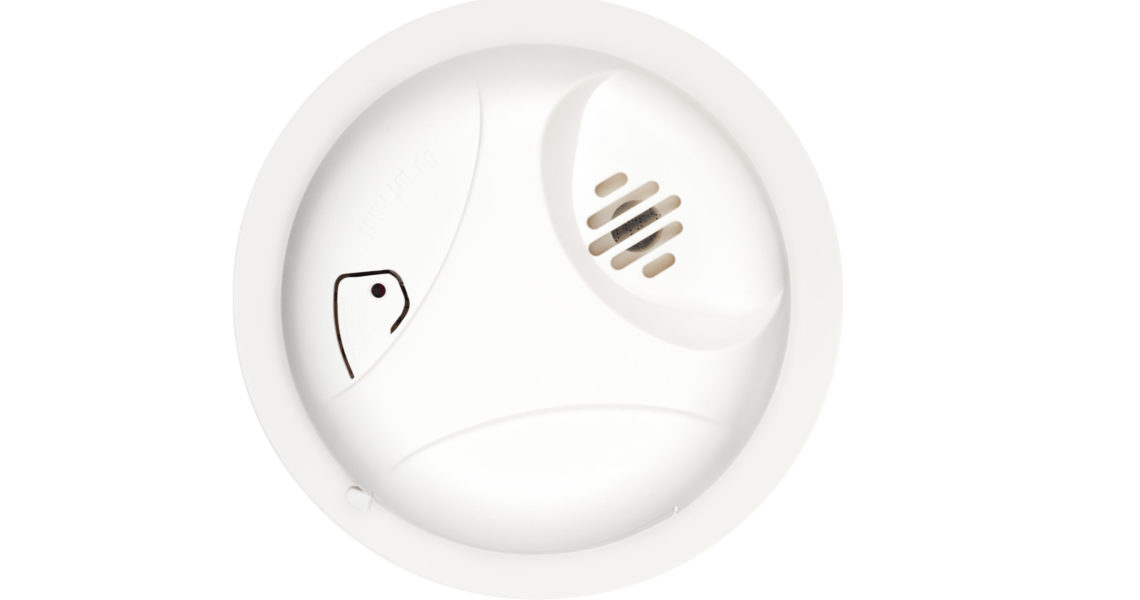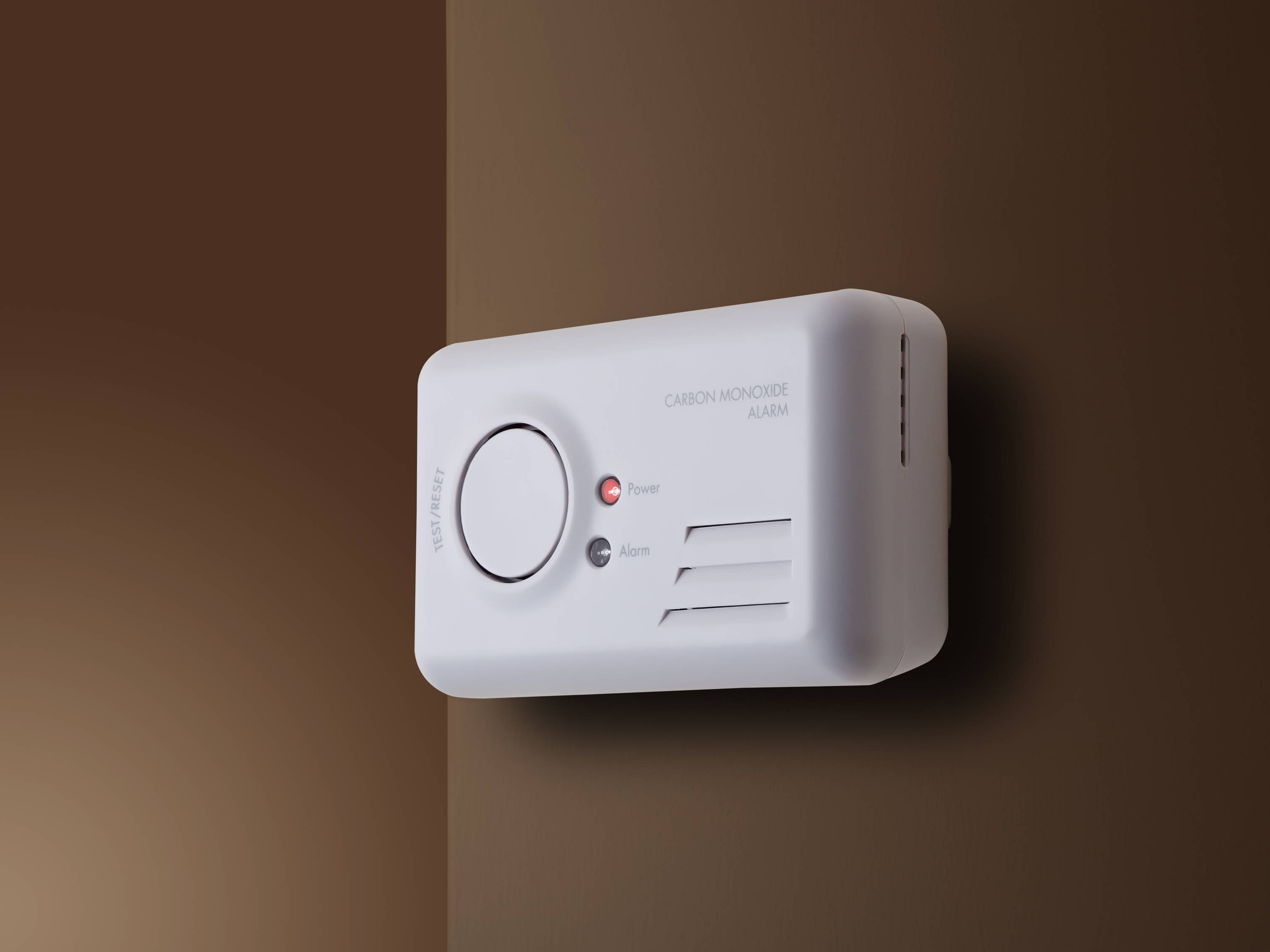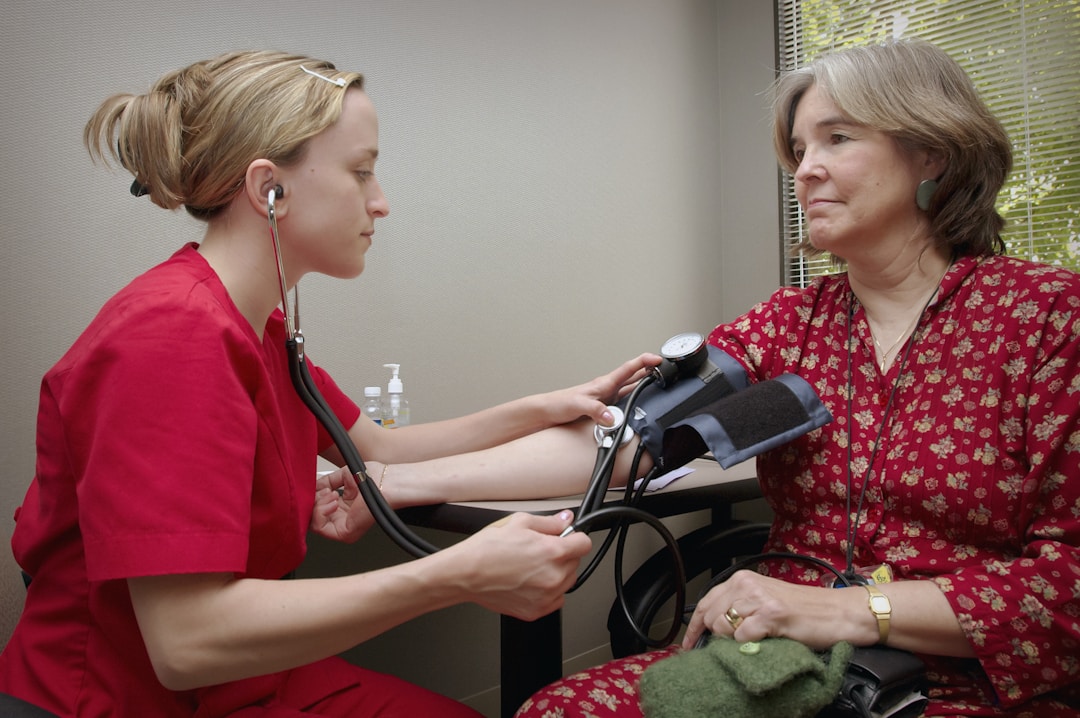If you are considering moving for better healthcare treatment, there are a few things you need to take into account.
What benefits would come from such a move?

First, you need to assess your current situation and the healthcare services available to you. Are you happy with the care you are currently receiving? If not, what are you looking for in a new location? Some things to consider when choosing a new healthcare location include the quality and cost of care, the type of care offered, the types of health insurance accepted, and more.
It is important to weigh all of these factors when making a decision about where to receive your healthcare. You should also speak with your doctor to get their opinion on the best healthcare location for you.
Can you afford to move?
It’s also important to consider your budget. How much can you afford to spend on healthcare each month? And are you willing to relocate to a new city or country where the cost of healthcare is higher? If you do plan to relocate, don’t forget to research the cost of healthcare in your new city or country. This way, you can get an idea of how much you’ll need to budget each month.
You also need to factor in the costs of the move itself, from hiring the right Maryland movers to the costs of living in your new location. By taking the time to factor in all of the associated costs, you can create a more accurate budget and avoid any surprises down the road.
Is overall healthcare better in this new location?

Another factor to consider is the quality of the healthcare facilities in the area you’re considering. Do your research and make sure you are comfortable with the level of care that’s available. Some areas have better healthcare professionals and facilities than others, so it’s important to choose an area that fits your needs. Remember—you’ll need medical treatment for general care and issues beyond the condition in question. Research primary care physicians, urgent care centers, and walk-in medical services in Staten Island, NY or your prospective location is just as important as the specific treatment that’s inspiring your move.
If you’re raising small children, you’ll want to make sure there are good pediatricians in the area. You’ll also want to find a good daycare, if you’re not going to be able to stay home with your kids all the time. And, if you’re raising furry children, you’ll want to make sure there are good veterinarians in the area. Just like with doctors, you’ll want to do your research and find a veterinarian who is qualified and has a good reputation. Veterinary care is important for your pets, and you’ll want to make sure you have a reliable veterinarian to take care of them.
Is this location a good fit?
Finally, you’ll need to think about the climate and lifestyle in the new location. If you’re not used to hot weather, for example, moving to a country like Thailand may not be the best option for you. If you’re not a fan of cold weather, moving to a place like Canada may not be the best choice.
There is a lot of research that has been conducted on how climate can impact human health. It is clear that there are many different ways that climate can affect our health, both positively and negatively. It is important to understand the different ways that climate can impact our health so that we can take steps to protect ourselves from the negative effects and take advantage of the positive effects.
Ultimately, the decision of whether or not to move for better healthcare treatment is a personal one. But by considering all of the factors involved, you can make an informed decision that’s right for you.








